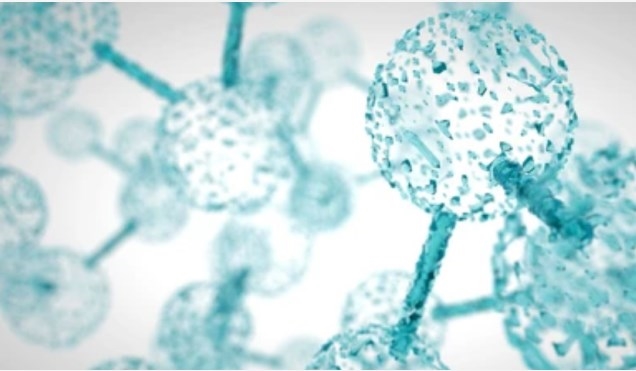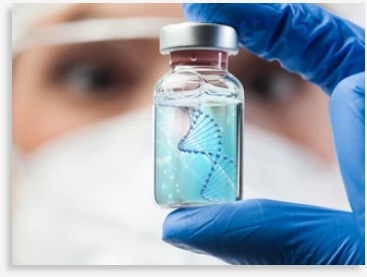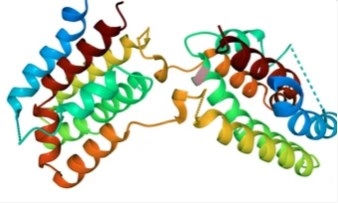Asymmetric Hydrogenation Platform
Chiral compounds are active ingredients in many small-molecule drugs, so the controlled synthesis of chiral molecules has become a key step in drug development. BOC Sciences has the world's leading asymmetric hydrogenation technology platform, which can provide efficient synthesis services for chiral intermediates and APIs. We also have hydrogenation reactors of different capacities from laboratory small scale to pilot scale to commercial production to meet production needs of various scales.
What is Asymmetric Hydrogenation Reaction?

Asymmetric hydrogenation is a hydrogenation reaction involving the addition of hydrogen to an unsaturated compound in the presence of a chiral catalyst, resulting in the formation of a chiral product. Chiral compounds exhibit different properties in terms of steric selectivity, reactivity with chiral substances, and optical activity. Its synthesis methods mainly include natural extraction, resolution, enzymatic method and asymmetric hydrogenation synthesis. Among many synthetic methods, asymmetric hydrogenation has the advantages of high efficiency, economy and environmental protection, and also meets the current concept of green chemistry. It is for this reason that we focus on the research of asymmetric hydrogenation and build asymmetric hydrogenation platform for the synthesis of chiral molecules.
Asymmetric Hydrogenation Catalyst Support
BOC Sciences has developed various types of efficient and highly selective catalysts for asymmetric hydrogenation, and further utilizes these catalysts to complete the synthesis of chiral compounds. Our chemical engineering and process research departments have dedicated organometallic chemists with extensive screening expertise. The proprietary catalyst production line reduces project costs and greatly increases operational freedom when developing synthetic routes for pharmaceutical intermediates. Since chiral catalysts are air-sensitive and require high temperature and humidity, the reaction stability is difficult to control when expanding the scale. Combining the catalyst characteristics and production process, BOC Sciences is equipped with equipment related to anhydrous and oxygen-free operation, to ensure the stable supply of catalysts while promoting the project in an orderly manner. In addition, we are equipped with specialized equipment capable of efficiently producing large quantities of chiral ligands and catalysts. Our supported asymmetric hydrogenation catalysts typically include metal complexes or organic catalysts:
- Metal complexes: In particular, complexes of transition metals such as rhodium (Rh), ruthenium (Ru) and iridium (Ir) have been widely used as catalysts for asymmetric hydrogenation due to their ability to activate hydrogen and promote the addition of hydrogen to substrates in a stereoselective manner.
- Organocatalysts: Organocatalysts, such as phosphine ligands and NHC ligands, can also catalyze asymmetric hydrogenation reactions through activation of hydrogen and substrates.
 Fig. 1 Asymmetric hydrogenation of 2-amidoacrylates catalyzed bydifferent transition-metals.[1]
Fig. 1 Asymmetric hydrogenation of 2-amidoacrylates catalyzed bydifferent transition-metals.[1]
Representative Chiral Drug Synthesis
Currently, asymmetric hydrogenation reactions are widely used in the synthesis of chiral drugs. Compared with traditional synthesis methods, the new method of asymmetric hydrogenation reaction to synthesize chiral drugs is usually more direct and efficient, avoiding the inefficient steps of traditional separation methods, thus greatly reducing costs. Based on this, BOC Sciences has innovatively optimized the synthesis routes of a series of pharmaceutical intermediates:
| L-DOPA | Citronellol | Carbapenems | Biotin | Menthol |
| Metolachlor | Naproxen | Sitagliptin | Duloxetine | Ibuprofen |
| Aliskiren | Pregbalin | Ramipril | Cinacalcet Hydrocholoride | Taranabant |
Asymmetric Hydrogenation Reactions

- Asymmetric Hydrogenation of Ketones
- Asymmetric Hydrogenation of Imines
- Asymmetric Hydrogenation of Olefins
- Asymmetric Hydrogenation of Alkenes
- Asymmetric Hydrogenation of β-Carbonyl esters
- Asymmetric Hydrogenation of Heteroaromatics
- Asymmetric Hydrogenation of Pyridine
- Asymmetric Hydrogenation of Oximes
- Asymmetric Hydrogenation of Pyridines
Efficient Chiral Synthesis
Constrained by economics and processing cost-effectiveness, our project team opted for a direct method of synthesizing the desired chemical intermediates. For chiral drugs, our mission is to incorporate asymmetric hydrogenation into every development stage of drug candidate synthesis, from preclinical research all the way to those stages of commercialization. Focusing on overall synthetic efficiency, BOC Sciences developed the concept of "fitting catalytic steps to the process" to rapidly screen a large number of available chiral catalysts with a minimum of valuable intermediates. In addition to asymmetric hydrogenation synthesis, We also support the following chiral synthesis method development and technical support:
- Asymmetric catalysis
- Enantioselective organocatalysis
- Chiral pool synthesis
- Chiral resolution
- Chiral auxiliaries
- Biological catalysis
We at BOC Sciences have also developed continuous flow chemistry platform and crystallization technology platform. These advanced technologies allow us to provide customized solutions for the development of APIs and intermediates that meet the specific needs of our customers in the pharmaceutical and biotechnology industries. With our expertise in these areas, we are committed to providing high-quality products and services to support our customers' drug development programs. If you are interested in our asymmetric hydrogenation platform, please contact us immediately.
Reference
- Yawen Hu, et al. Nickel-Catalyzed Asymmetric Hydrogenation of 2-Amidoacrylates[J]. Angewandte Chemie, 2019.






